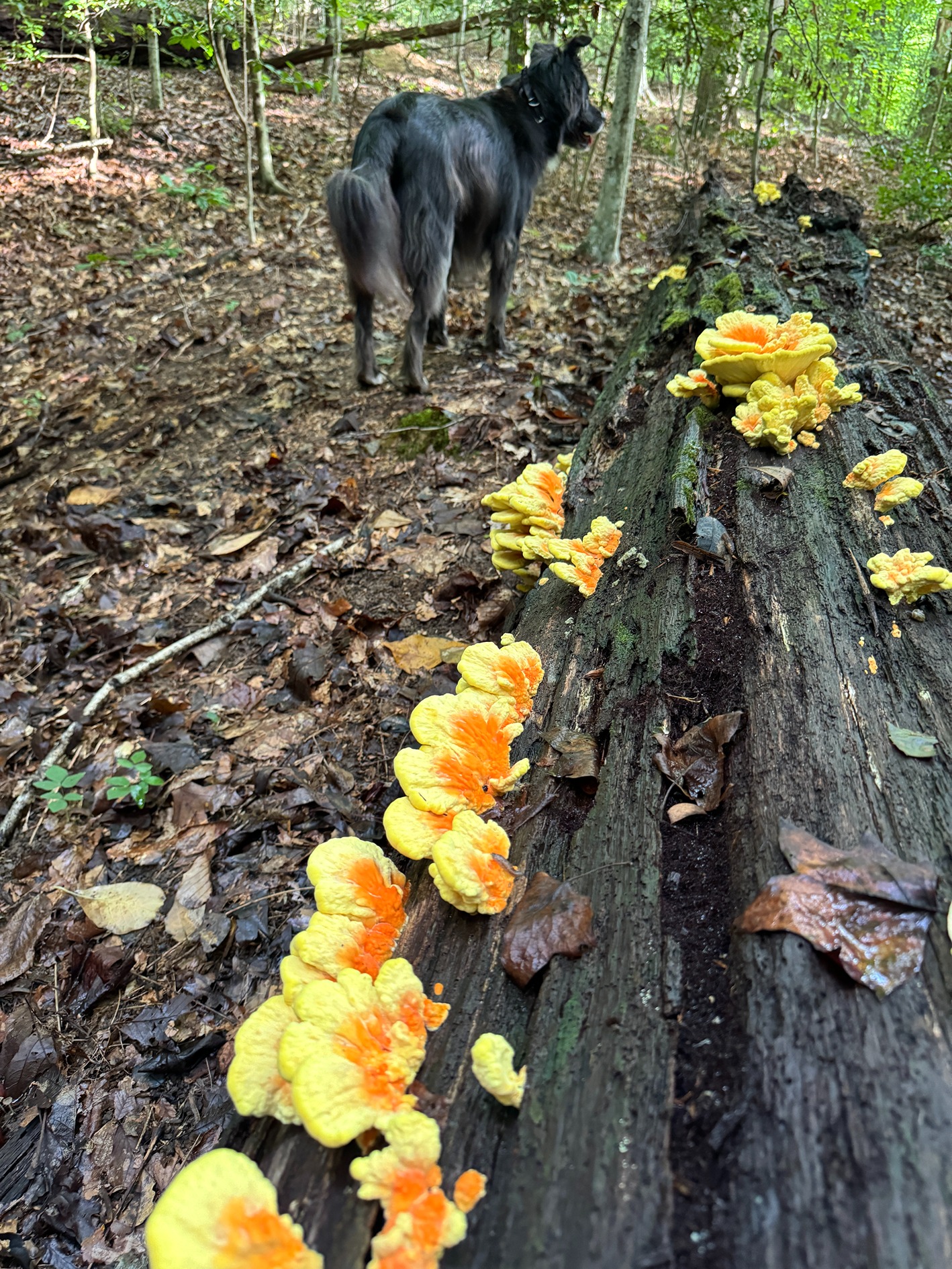
As an Arborist here in Richmond, I have seen a lot of trees and I have seen a lot of ways people have unknowingly damaged, stressed and even killed their trees. So I thought I would give you 10 tips to help save or NOT kill your tree.
- Do not cut too many tree roots. You would think that that makes sense, but I see it all the time: new sidewalks, new driveways, sewer and water lines, and, yes, even irrigation systems. There are techniques that reduce or eliminate the cutting of roots for all the projects mentioned above. Check with an arborist if you need any help.
- Eliminate or reduce compaction to the soil around the root system of your tree. Driving over wet soil with a heavy truck, the daily path during a construction project, or constant foot traffic can compress your soil and reduce the air pore spaces in your soil which will cause tree roots to decline.
- Do not install guy wires around your newly planted tree or if they are installed they should be put on loosely and removed when they are not needed. Too often they are left on the trees for more than a year and they can cause irreparable damage to the tree.
- Do not change the grade around your tree. Adding too much soil or changing the grade will most likely damage your tree’s roots by smothering the roots or scraping away the absorption roots of a tree.
- Be very careful when using any herbicide around your tree. Most herbicides will cause some damage to your trees and some will cause a lot of damage to the roots and leaves of a tree. Some people feel that if a little works then a lot will work better; this is not true.
- Be careful with your weedeater around your trees. The sting on the weedeater will cut the bark off your tree. When your trees are installed make sure you do not let the grass grow up to the trunk of the tree, and use a mulch ring around your tree to keep mowers away too.
- When diverting water from your house or pool make sure you do not dump all the water at the base of a tree. You will likely have issues with root rot diseases.
- If an irrigation system is installed for your lawn it is almost 99% of the time adjusted to grow grass and not trees; short durations and poor timing will encourage tree roots to the surface which will cause root damage and tree stress in the summer. A longer water schedule with less frequency will encourage deep watering and a better environment for your tree roots.
- Planting too deep is not better. You should still see your root flare (location where the roots join the main stem of the tree) when you are done planting your tree and the root flare should be at grade of the existing soil. Too deep and you will likely have issues with trunk and root rot in the tree.
- Now that you’ve planted your tree do NOT pile a lot of mulch around the base of the tree. I have inspected newly planted trees and have found the root flare six inches or more below the grade. I think the main reason for this is that many who plant trees assume the top of the tree container or rootball is the right location of the tree installed. You must find the root flare before you even start to dig.
This list could go on and on, but I hope this will help you before your next project at your house or work. Trees can get very old and can handle a lot of stress, but too much stress and damage can cause them to decline and eventually die.
More From Urban Forest Dweller
Aidan Stewart
July 2, 2025 · 1 minute read
James Luggen
June 19, 2025 · 2 minute read
Phil Tate
June 5, 2025 · 1 minute read


